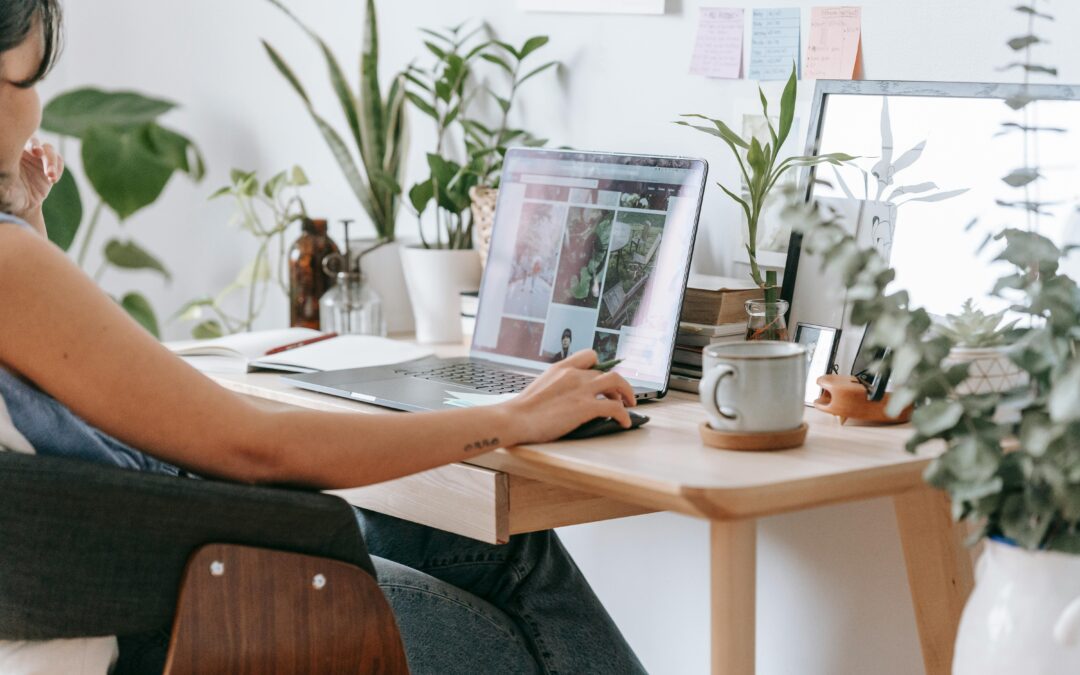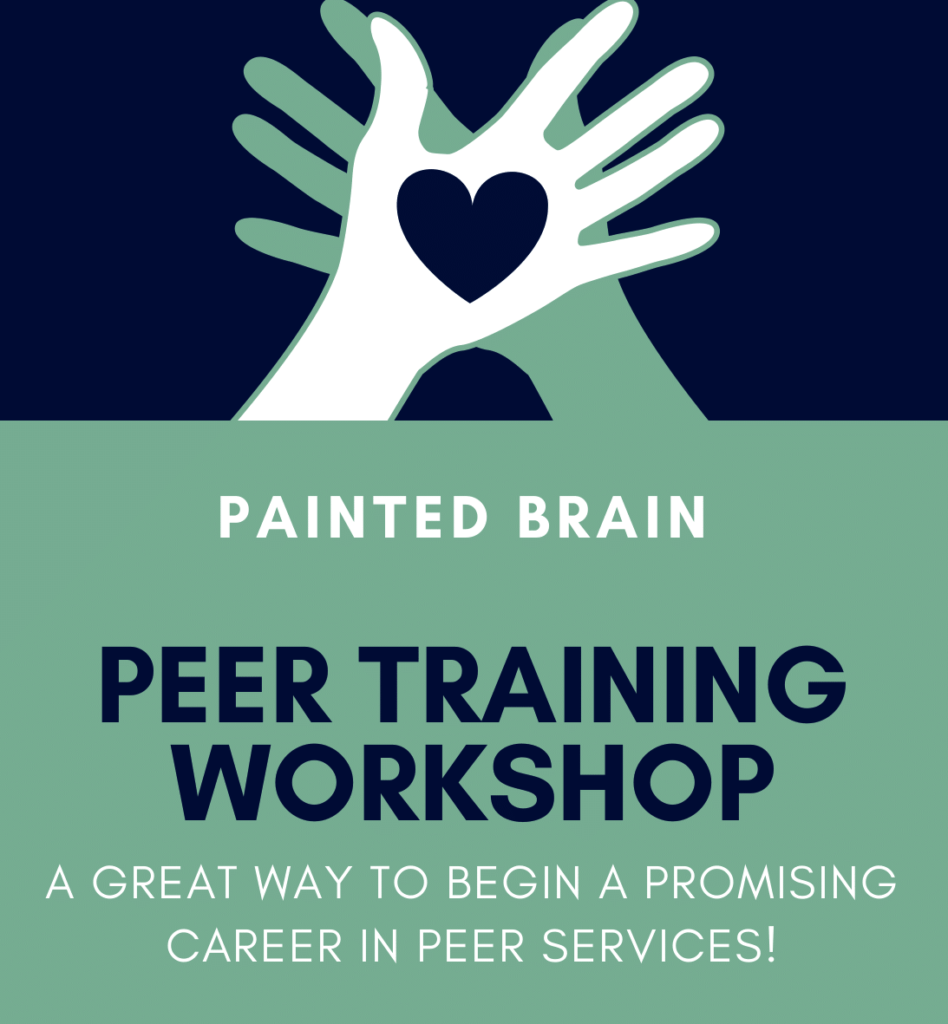What Sitting All Day Does to You
If you are like most people in a desk job, you probably sit for almost ten hours a day. That’s a long stretch, and it’s far from ideal, but it’s very common in today’s work culture. According to a study by the American Cancer Society, prolonged sitting increases the risk of heart disease, diabetes, and even early death. Incredibly, research from the World Health Organization reveals that only 30 to 40 minutes of moderate to vigorous exercise each day can offset these risks. That’s essentially trading a small chunk of your day to mitigate the harm caused by hours of sitting. It means your time at the gym or a brisk walk can essentially undo a lot of the negative effects of your desk-bound existence.
How to Optimize Your Breaks for Better Productivity
Easy Ways to Fit In Exercise
-
Walk During Lunch

Instead of staying glued to your desk, take a brisk walk during your lunch break. Research from Harvard Medical School shows that a 20-minute walk can significantly reduce blood pressure and improve cardiovascular health. It’s a simple shift that makes a big difference. Plus, stepping outside for fresh air can clear your head and lead to a productivity boost when you return to your tasks.
If you feel constrained for time, just think about this for a second—more than 60% of employees who take short walking breaks report improved mood and concentration levels (Harvard Business Review). This small daily change can help you significantly, to say the least. In other words, you won’t just feel better physically, but your mental acuity will benefit from the break as well.
-
Desk Exercises

The truth is, not everyone can find time to go to the gym. However, that’s no excuse to skip exercise. Simple desk exercises like leg lifts or seated stretches can make a difference. According to Mayo Clinic, these exercises increase blood flow and improve concentration levels. Stretching your arms above your head or doing a few chair squats might seem minor, but they help combat the stiffness and discomfort that comes from sitting.
Also, studies have shown that small movements throughout the day can contribute to better overall health (American Journal of Preventive Medicine). These small moves not only boost your mood, but they can actually make you more productive. In essence, you’re in a better mood and have more energy for your work. Sounds pretty great, doesn’t it?
-
Take the Stairs

This might sound too simple, but choosing the stairs over the elevator can add up significantly over time. You burn more calories and build leg strength whenever you choose the stairs. Also, individuals who regularly use stairs have better cardiovascular health compared to those who don’t. It is a small change in habit but one that pays off in the long run.
Think about it—each flight of stairs can become a mini-workout session, contributing to your 30-40 minutes of necessary activity. The convenience makes it easy to incorporate into any busy schedule, meaning you can stay fit without making an extra trip to the gym. Just by choosing stairs, you take a small yet effective step (pun intended) towards better health.
Why These Boost Performance
Exercise releases endorphins, the body’s natural mood lifters, which tend to make you feel good. When you feel good, your performance levels automatically go up. A study by the University of Bristol found that employees who took exercise breaks during their workday reported an increase in concentration and an uptick in motivation. Physical activity also reduces back pain and stiffness, common issues for those who sit for extended periods. When you break up long hours of sitting with activity, you keep your body and muscles engaged, which aids not just your physical health, but your work performance as well.
When You Don’t Feel Like Working Out
Let’s be real—sometimes the thought of working out just isn’t appealing. On those days, benefits still exist even with less intense activities. Try stretching for a few minutes or taking a short walk around your building.
The key is to have any form of movement. If the motivation isn’t there, remind yourself of why it’s essential—after all, 30 minutes of any sort of movement is relatively little when considering the 24 hours available in a day.
Featured Image by Teona Swift:




